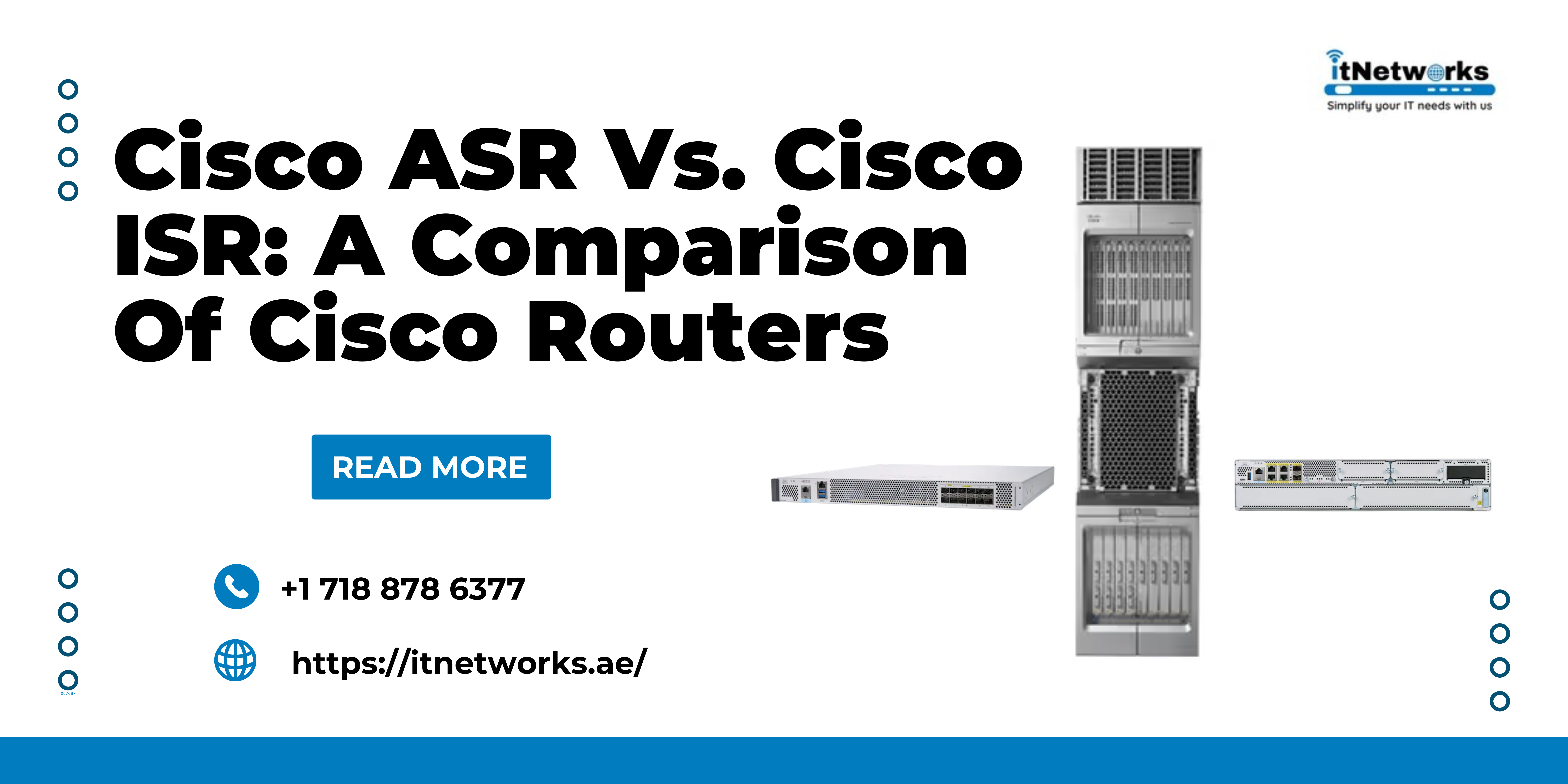What are the Different Types of Wireless Networks?
Wireless network or computer network uses wireless data connections to fetch and send data through radio waves. This type of network is more suitable since it eliminates the need for connected wires to maintain a system or device. A wireless network can become portable due to its digital and adaptive modulation and access multiplexing.
These networks are economical, flexible, and provide high standards of services. There are several types of wireless networks where each kind is made to serve a distinct purpose. Some wireless networks operate in well-developed communities, while others serve a household.
Wireless Networks Basics
A wireless network can combine two or more devices through radio waves. It helps reduce the dependency on wires since it relies on spread-spectrum technology. However, its wireless nature doesn’t indicate that no cables or wires are involved.
The most crucial aspect of a wireless network is the Access Point (AP) device. The fundamental role of this device is to transmit the wireless signals into a frequency which the PCs can identify and respond to. In order to connect an access point to generate a wireless connection, computers or other devices have to be integrated with wireless network adapters. Most devices that serve wireless networks come with built-in adaptors.
When the devices do not hold such capacity, you can plug an add-on adapter into a USB port, expansion slot, or PC card slot. Access Point also plays a crucial role in wireless networks when it comes to residential sectors. However, a router along with AP is involved in dispersing the wireless signals to the devices.
In most wireless settings, the router works with an Access Point to form a single unit called a wireless router. And through Ethernet or optic fibres, that connection can be secured. When you work with Ethernet cables, you can use any cable.
Let's take a look at the different types of wireless networks:
1. Wireless Local Area Network (WLAN)
Also known as Local Area Wireless Network (LWAN), this type of network takes place when a handheld device, such as a smartphone, is connected to the closest networks with the help of a wireless connection. A WLAN can be built through any wireless network protocol. However, the most frequent way of guaranteeing a connection is through Wi-Fi or Bluetooth.
The WLAN support usually varies from two or more devices. But, when the number of devices increases, this wireless network can be hard to manage. Moreover, you will require signal boosters or repeaters to cover a broad geographical location. The WLAN caters to devices like smartphones, laptops, tablets, internet audio systems, and internet-powered home devices and appliances.
2. Wireless Wide Area Network (WWAN)
This type comprises wireless networks over a wide range. You can achieve this by wirelessly connecting coverage cells to offer services to an expanded geographical location. The WWAN is usually used to cater to the smartphones market through cellular services providers. In order to use a wireless network, special WAN cards need to be installed in the devices.
It is different from a standard Wi-Fi connection. In a Wi-Fi setting, you can get wireless services through any hotspot. However, with the WWAN, particular handheld devices have to be provisioned to obtain access to any service provider's network.
3. Wireless Personal Area Network (WPAN)
This network offers a wireless connection to devices around your personal space. In a standard network, the WPAN uses technology that allows wireless communication within a range of 10 meters. That makes the WPAN a short-range network.
The demand for WPAN is rapidly increasing. Because more people depend on electronic devices within their workspace or homes, there is a need for a stable wireless connection among the devices. Connecting devices like PC, smartphones, smart TV, Wi-Fi-powered devices can be overwhelming and challenging.
Because of its complex nature, you require a strong and stable WPAN technology. WPAN consumes less power, offers short-range communication, is reasonable, and provides a connected communication of several devices within personal space.
4. Wireless Metropolitan Area Network (WMAN)
WMAN covers an area that ranges around 50 km. It enables several locations or buildings to stay connected with any metropolitan region. It can connect different campuses of a university, various blocks of a hospital, and multiple office buildings. The secure connection doesn’t require a network of cables. Instead, it depends on strong radio waves or infrared light to transmit data.
Because WMAN has excellent wireless connectivity, it is often utilized as a backup for wired networks. Generally, the WMAN is set to offer a connection between various points of LANs. Therefore, the primary motive of WMAN is to provide a wireless connection between two independent and fully functional LAN nodes.
5. Hybrid Network
In a typical Hybrid Network, a hybrid Access Point relies on both wireless and wired signals. When it comes to Hybrid networks, there are several network configurations. However, the most typical one is where every wired device is plugged into the hybrid router's Ethernet ports.
Due to its accessibility and cost-saving ability, Hybrid Network has become popular. Also, this type of network is an excellent option for individuals to introduce new network technologies and combine them with the existing ones to create a powerful connection.
6. Wireless Ad Hoc Network
The wireless Ad Hoc network is an on-demand network that works from device to device. In this type of network, you can wirelessly connect one device to another without first connecting to an Access Point or wireless router. Wireless Ad Hoc Network is decentralized and known as a peer-to-peer network since it can sustain itself without any existing infrastructure.
It doesn’t depend on a wireless router or central Access Point to transmit data from one point to another. Instead, each of its nodes transfers and receives data that is circulated evenly through the existing structure.
New devices cannot cater to this network. However, there are many reasons to invest in this networking technology.
The Bottom Line
Today, wireless networking has become a revolution that is showing no signs of stoppage. This post may help determine which networking medium will be suitable for your need





